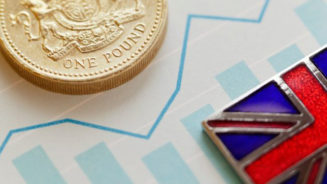3. The move to adviser charging
We need to find a way to price our services. Historically, the price has been set by the industry, but now the price will be set by advice firms. Will your clients pay what you want to charge in order to be profitable? Do you even know what it costs to deliver your service? You cannot price your services until you know what you have built and what it costs to deliver it.
4. Positioning your services to appeal to new prospects
Engagement and the first meeting process is a crucial point to getting buy-in from clients and ensuring their future expectations are managed and met. Now you have created a proposition, you’ll need to articulate it in a compelling way, so that prospects perceive it to be the value it genuinely represents. That takes time and practice. How will you have those conversations with confidence?
5. Developing your regular planning service
Generating regular revenue means delivering ongoing value. Forget ‘passive’ income. There is nothing passive about having to continually deliver value. To ensure we continue getting paid, we need to continue delivering value, and that revolves around a planning service that knocks your clients’ socks off.
If you can’t continue to deliver value, then clients will have the option to switch off your fees. How are you going to design your ongoing service to prevent this from happening? Arguably, this is the most important element of what you do.
6. Repositioning your existing client relationships effectively
We need to develop an effective strategy that will take our existing client relationships on the journey with us. How do we ensure we protect our existing profitable relationships, our revenue stream and the value that we have created in our business? And what do we say to those clients that are not profitable? These conversations need to take place from a position of confidence.
There are plenty of other things to think about along the RDR journey but the first phase in surviving the changes is to make sure you have a business that is still in one piece and, more importantly, one that is fit for the future.




